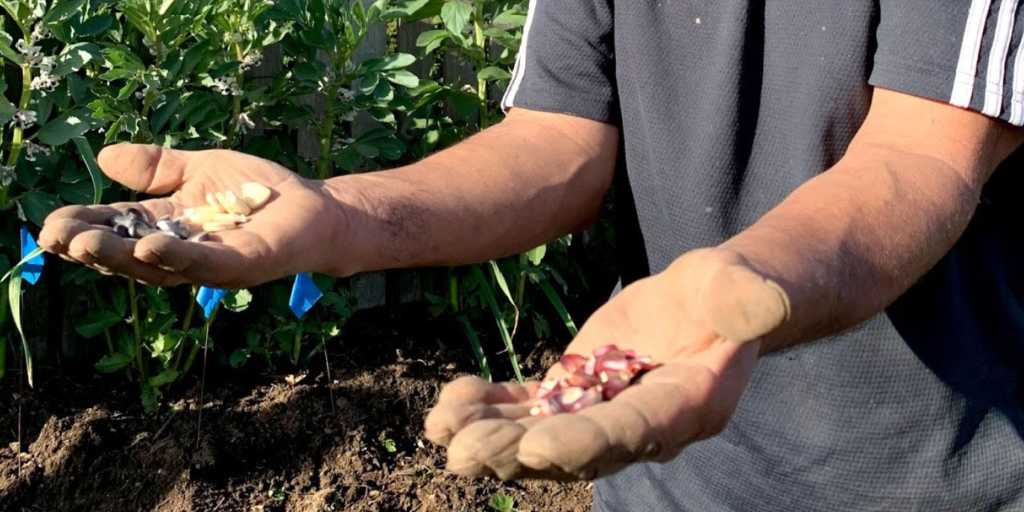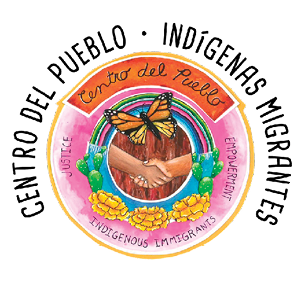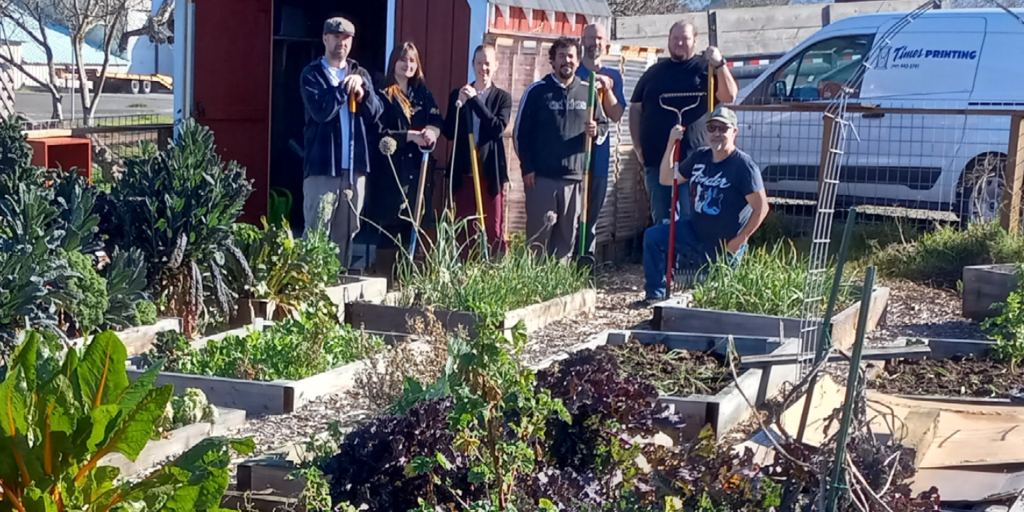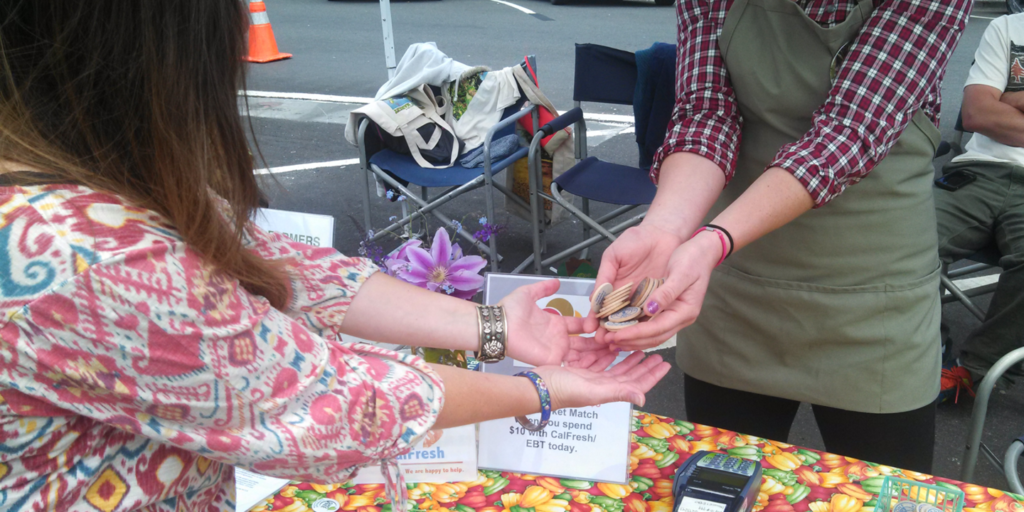Embracing Equality, Balance & Fairness
by Heather Jo Flores, reprinted with permission
The permaculture design system, which contains a specific set of ethics, principles, tools and techniques, offers an opportunity for individuals, families, and communities to create a living human culture that nourishes, rather than annihilates, the Earth.
While the word permaculture does refer to a specific toolshed and philosophy, most of what permaculture teaches is not new information. Many of these techniques come from Indigenous practices around the world, and some of them feel so natural that you can easily intuit your way through them, once you get started.
In permaculture, it begins with what Bill Mollison called the prime directive: to take responsibility for the needs of ourselves and our children. And, in pursuit of that directive…we begin with ethics.
Permaculture stems from a triad of ecological ethics: First, care for the earth, because the earth sustains our lives. Second, care for the people, because we need to look after ourselves and each other, and because people are the primary cause of damage to the earth.
And that brings us to the third ethic.
In his monumental Permaculture: A Designer’s Manual (1988) Bill Mollison taught the third ethic as “limits to population and consumption.” Rosemary Morrow used “redistribute surplus to one’s needs” in Earth Users Guide to Permaculture. In Gaia’s Garden (2001) Toby Hemenway used “return the surplus.” I used “recycle all resources towards the first two ethics“ in my book, Food Not Lawns, How to Turn Your Yard into a Garden and Your Neighborhood into a Community (2006.) Jessi Bloom used “careful process” in her book Practical Permaculture (2016.) In David Holmgren’s, the third ethic is distilled into the bland and unoffensive “fair shares,” whatever that means.
Nobody seems to agree, and you’ll encounter these ethical variations again and again on your permaculture journey, but the point that isn’t often made is that a thorough, multi-level understanding of what permaculture is and does can be found within the ongoing, sometimes controversial discussion about the third ethic.
So, in the interest of deepening our understanding, let’s unpack a few different versions:
Limits to population and consumption
Clear, specific, and controversial, this original version of the third ethic is a call to action that can trigger a lot of negative response. Without veering off into a treatise on the permaculture community’s aversion to discussing overpopulation, let’s just say that this version is probably the least popular in many permaculture circles today.
Return the surplus
This version of the third ethic reminds us that unused resources equal waste and therefore pollution, and we can increase cyclic opportunities by sending it all back around. This makes lots of sense, in some ways, but can be problematic because it’s too easy to assume something is a “surplus” when in fact somebody else might be already using it, or in desperate need of it. If we remove ourselves from the center of the design, and consider the needs of other species, the notion of “surplus” becomes confusing.
Fair share
Sure. Ok. But who decides what’s fair? Lots of room for misinterpretation here. Lots of corners to cut. But this version is, for me, too much watered down, too easy to ignore, and I have seen too many privileged permaculture property owners yammering on about “fair shares” while exploiting volunteer workers and enjoying the first-world luxuries of the 1%.
Recycle all resources towards the first two ethics
I’ve always been a pragmatist, and in Food Not Lawns I wrote, “Recycle all resources toward the first two ethics, because surplus means pollution and renewal means survival.” I still very much appreciate and agree with this perspective, because it feels tangible, measurable. But I also feel that this version lacks precision. It lacks specificity. Recycle which resources? And how, exactly? The first two ethics? So, we recycle everything towards caring for the Earth and caring for the people? Sure, ok. But again, it feels kind of watered down. This version doesn’t do enough to say: “Hey! Step up! This is on you!”
Careful process
This version asks us to consider the impacts of our actions, and to become aware of how our pursuit of happiness and “sustainability” could have negative effects on others. If we look at how humans have provided for ourselves throughout history, we see a trail of tears, carnage, and denial, all of which might have been avoided if approached with a more careful process. I find this version provocative and empowering but also lacking in accountability. To me, it feels like it could be too easy to say “I was careful, so it’s not my fault.” Because being careful isn’t enough. We have to be vigilant, and we have to be proactive, aggressive in our pursuit of balance.
Future Care
Originated in the African Permaculture school and used by Starhawk, Maddy Harland, and other well-known feminist teachers, this version echoes the “seven generations” consideration of many Indigenous and ancient traditions, and asks us to work for those who will live after we are gone. It asks us to embrace our role as “determiners” of the future, and to take responsibility for the future we’re creating with every action we take today. Yes, of course, and always. But this version takes us out of the present, and, to me, feels hyper-spiritual, almost evangelical. I don’t know about you, but I have a hard time concentrating on something that will happen when I’m dead.
So, where’s the common ground in all of these? The third ethic, by any name, always has two sides: The first is about boundaries, limits, and self-regulation. The second is the sharing of resources.
But why is the combination of these two actions so crucially central to permaculture that it shares the ethical throne alongside Care for the Earth and Care for the People?
Parity
Parity is an old word with many meanings. It comes from the latin parere, which means “to bring forth.” In the 1700’s it meant “equality of rank or status,” as applied to the society that was unfolding during “the enlightenment.” In the 1950’s it was used to describe a “condition in which adversaries have equal resources,” and in the 1970’s it was often used to describe what women fighting for equal pay were trying to get.
These days, parity is generally defined as meaning equality, balance, and fairness.
At first glance, my ethical triad of People-Planet-Parity seems a play on the “triple bottom line” of the oxymoronic “sustainable development” movement: “People-Planet-Profit,” which is, I assume, what they chant to make themselves feel better about capitalist exploitation.
And, while I wasn’t thinking of the so-called green capitalists when I made my triad, I appreciate the connection, because, while I do see the value in obtaining a yield, the third ethic is all about asking ourselves who we are taking that yield from.
Think about that for a minute. Think about it for an hour. No, really. Go for a walk and think about what care, equality, and fairness really mean to you. Is your life more important than a flea? Why? More important than a bear? How about your neighbor’s life? Is yours more important than theirs? Why? Or why not?
Let’s talk about equity too. It’s not the same as equality. Does the short person get the taller chair so they can see the show as well as the tall person? Why? Or should the short person be required to bring their own chair, and the tall person required to stand at the back? Why?
How far does it all go, and who decides? And who has the authority to enforce these ethical laws?
On our quest for balance, wholeness, and sustainability, we have to be careful about trying to make everyone obey and conform. It doesn’t work that way. It’s complicated, and there is no one true path. But that doesn’t give us an excuse to stop trying.
Indeed, it is precisely our failure to acknowledge the third ethic that so often divides the permaculture community. And the defiant refusal to address social justice, mental health, and decolonization, as part of a whole system design platform, characterizes a large and domineering faction of the movement.
Add to that the sad but plain fact that no small number of well-known permaculture teachers face multiple accusations of abuse, fraud, exploitation, and sexual harassment, and what we have left is a global community of highly-skilled designers doing some good work but being oft-overshadowed by a massive berm of seemingly unresolvable ethical differences that could threaten to discredit our movement as a whole.
#permaculturemetoo? Yeah, it’s a thing. And I’m hardly the whistle-blower on this. We’ve all been riding the elephant in the room for decades now.
Fact: an ecological design cannot be implemented unless its inhabitants are willing to engage, collaborate, compromise, and actively participate in the ongoing evolution of it.
I started the Permaculture Women’s Guild (PWG) in direct defiance of the long-discussed, yet for the most part largely-enabled patriarchal power structure that continues to exist in the global permaculture community. And my goal with PWG is to achieve, well, parity.
Parity is care, in action.
Parity is an overt effort to strike a balance, whether it’s equal pay, shared resources, giving credit where it’s due, or initiating a return of what was taken. Parity is on the books, clear, defined, measurable. It is concrete. You can see it, document the effects of it, and replicate the process as needed.
Let’s add yet another definition of parity — one which inspires a metaphor that might be really helpful to our movement at this stage: In biology and human medicine, parity is when a fetus reaches a viable gestational age.
How many permaculture projects fail when they are in the first or second trimester? And why? What would happen if more of those projects could reach a level of development and self-awareness that they are ready to be born as their own entity into the world, to learn to walk and speak for themselves?
As of this writing, the long-term working models of thriving, sustainable permaculture are few and far between, with many of the very-close-to-it examples hiding those dirty #permaculturemetoo secrets under the tattered blue tarps and piles of hoarded resources (read: undistributed surplus/waste/imbalance/disregard for the third ethic.)
How do you define the permaculture third ethic?
Do you simply repeat that which you were taught, or do you engage in a daily praxis with an ethical foundation that you have rigorously and passionately investigated?
Because, if we can master the third ethic, then it can unlock the doors to the first two.
If we can tighten our design, strike a better balance in our emotional and social landscapes, and spiral back out to extend that balance, that awareness, that parity to the other humans and resources we’re working with, then perhaps we can, as a movement, birth a chance at survival as a species.
The scope and quality of our survival is largely dependent upon how we deal with the inevitable and sometimes horrible facets of humanity.
So, what’s our design strategy? (Spoiler alert: I don’t know the answers.)
All cataclysmic inevitabilities aside, permaculture, in practice, whether agricultural, structural, social, emotional, or any combination of the above, is simply loads of fun. A permaculture life, on any scale, is filled with wonder and abundance!
When you train your mind to remember permaculture theories, to pull them out like a master craftsperson would pull out her favorite chisel, then you begin to see everything around you in a different way. By putting our hands in the soil, we gain access to the wisdom of the earth, and by putting our heads together we learn how to use that knowledge for the benefit of all.
These slow, steady changes in the way you experience the world shouldn’t be taken lightly, nor should they be rushed. And, just reading this article won’t get you much farther than the armchair — you have to get out there and try this stuff in your own yard, in your own community.
You have to do the thing. Daily.
However, in closing, I feel the need to caution against allowing “permaculture” or any other catchphrase to replace critical thought, common sense, and a steadfast commitment to being present, available, vulnerable, and willing to do the work, on the ground, on the daily. And not just the land-work. The heart-work is just as important. That’s what the third ethic is about. That’s what permaculture is. When people participate in an ecological design, when we work hard to improve soil, purify water, plant trees, encourage wildlife, reduce pollution and waste…something deep inside of us shifts. We tune in to the subtle voices of nature. We become more aware of our bodies, more mindful of our impact on the environment, better at listening and communicating, and more able to overcome fears and obstacles.
So, let us engage as a community of individuals who think our own thoughts, do our own work, and yet trust and rely upon each other as we move toward a common and fruitful future. One step at a time, we can become adept at caring for the Earth, caring for the people, and finding a myriad of ways to communicate and demonstrate equality, sharing, and abundance.
Like yoga, like writing, like art, permaculture is a life-path, a daily practice. And, at first, you might not feel like you’re very flexible. Don’t worry about it. Just keep trying. Breathe in, breathe out, chop wood, carry water.
. . . . . . . . . . . . . . . . . . . . . . . . . . . . . . . . . . .
Heather Jo Flores is the director of Permaculture Women’s Guild and created about 30% of the content in the Permaculture Design Course, as well as designing the overall program. She is a Gen-X Chicana writer, farmer, musician, artist, educator and introvert.









